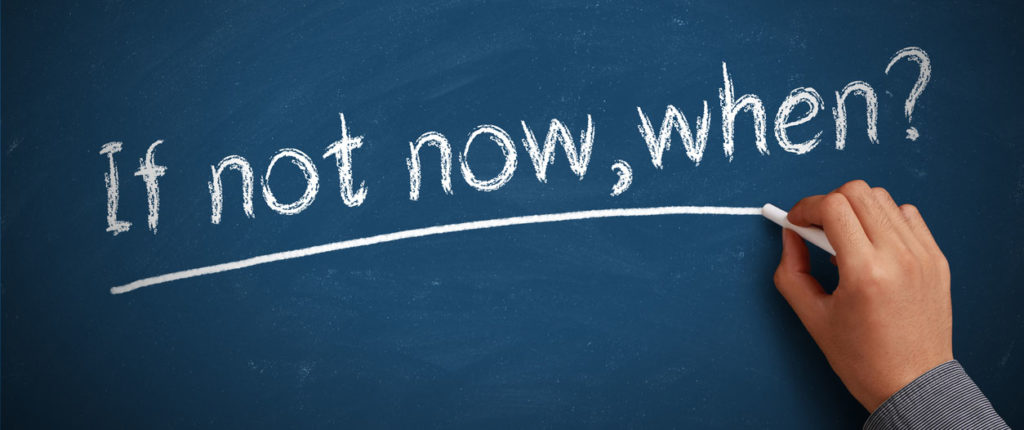
Reading time: 3 minutes. Relevant programme: TEEP (Teacher Effectiveness Enhancement Programme)
With the pressures of content now feeling heavier than ever, does every moment in your lesson count? SSAT Education Lead Corinne Settle remembers when she realised that she needed to stop doing something that worked to do something even better
Then…
As a confident teacher, my entry routine was firmly set. When students arrived at my lesson they knew the expectation was for them to collect their exercise books from the side and immediately write the title, date and objective for the lesson. With of course, titles and dates underlined with a ruler. This ‘settling activity’ gave me time and space to welcome students and deal with any behaviour, social or equipment issues. I was a good teacher.
When I first did TEEP (Teacher Effectiveness Enhancement Programme) training, I was introduced to the idea of ‘prepare for learning’. Prepare for learning isn’t just about the first activity as the students enter the room. It got me to reflect on the learning purpose of this activity as well as how I greeted the students, the routine I used and my classroom environment. I say all of this, I knew my routine worked, so why change? I didn’t, I didn’t need to, it worked.
Sometime later, I was visited by the TEEP trainer and he questioned me about the start of my lessons. He simply asked me how long this arrival took and what did they learn in this time. Immediately, I had all the answers:
- ‘Look at how well-behaved they are.’
- ‘Having the lesson objective in their book makes them clear on what the lesson is about. If they are absent, they can clearly see what they have missed, so they can catch up. And it helps them with revision.’
- ‘It doesn’t take long.’
This brief conversation with the trainer did though get me thinking. Although I was convinced by my own answers, I started to check how long this took in lessons. Depending on the class, it was up to 10 minutes. Especially if they were coming from PE. Ten minutes of a 50-minute lesson!
But it works, but its 10-20% of my lesson. Even at 5 minutes a time, that over a week, term or year is a lot. What do they learn, umm…err… nothing. But it works, doesn’t it? Consistent routines are important, my students know what to expect.
My resolve had turned to doubt, I could see I was missing an opportunity, wasting time. I still went back to my colleague and had the same conversation at least twice more before I initiated any change, in fact a summer break went by. In the September, I made some changes which have since been refined over time.
… Now
As students arrive to my lessons, the books are still collected from the side, along with any specific resources they may need. They know to immediately read the instruction on the board (or on the sheet if I am a nomadic travelling teacher) and take action. Learning starts as they enter my room whether this is a discussion, thinking or a specific activity. The routine is the same, but the priority is learning not control.
I will never forget the moment, while observing a colleague’s lesson, when a very low ability year 8 student came to see me, bursting with pride. He shared with me his word search, all 10 words found. He had never completed a word search before and was delighted. I thoroughly congratulated him, as you would. This was 55 minutes into a one-hour lesson: he had just finished his starter activity, ignoring the rest of the lesson.
When I select activities, my focus and that of the students is not on completion of a task. The activities I select don’t have a clear finish point. There is no set of questions to complete, where students often see success as simply completing them all. Activities are planned so that I can determine how long they take. If the students are hooked into the lesson and want to know more, I can allow the activity to continue developing their thinking. If not, I can choose to move on quickly to maintain their engagement.
For example:
- Knowledge dump: the learners have x minutes, or until the end of the song being played, to record everything they know on… this can be a group activity on large pieces of paper, or individual.
- Thunks: big questions often related to the previous lesson, or learning to come, with no clear answer – more a gathering of their opinions.
- Images to music: what is today’s lesson about? What questions would you like to ask?
What about knowing the lesson objective, having it recorded in their books?
If they aren’t actually engaging with the lesson objective or learning from this activity, then why bother. The next phase in my lesson is sharing and agreeing learning objectives/outcomes (that’s another blog).
What about settling the students?
Getting them hooked on arrival is a far more effective way of ensuring a positive start to the lesson. Immediate engagement may be at times noisy as they start discussions quickly, but I am still free to welcome the students and monitor their behaviour as they arrive.
It takes time and reflection to make changes in teacher practice. A training session alone isn’t enough to trigger that change. For me it was the conversations following this that initiated a change in my thinking, and more importantly (eventually) in my doing. A shift to making learning the focus and realising good can be even better.
Read more on the SSAT blog: It’s all about the journey, not the destination

Follow Corinne Settle on Twitter
